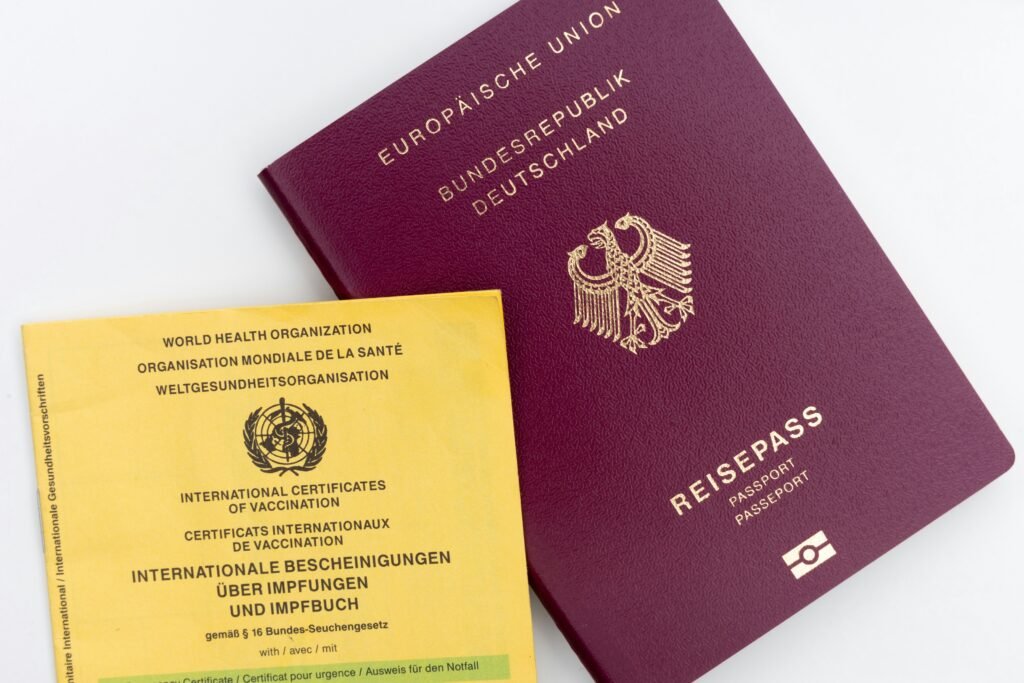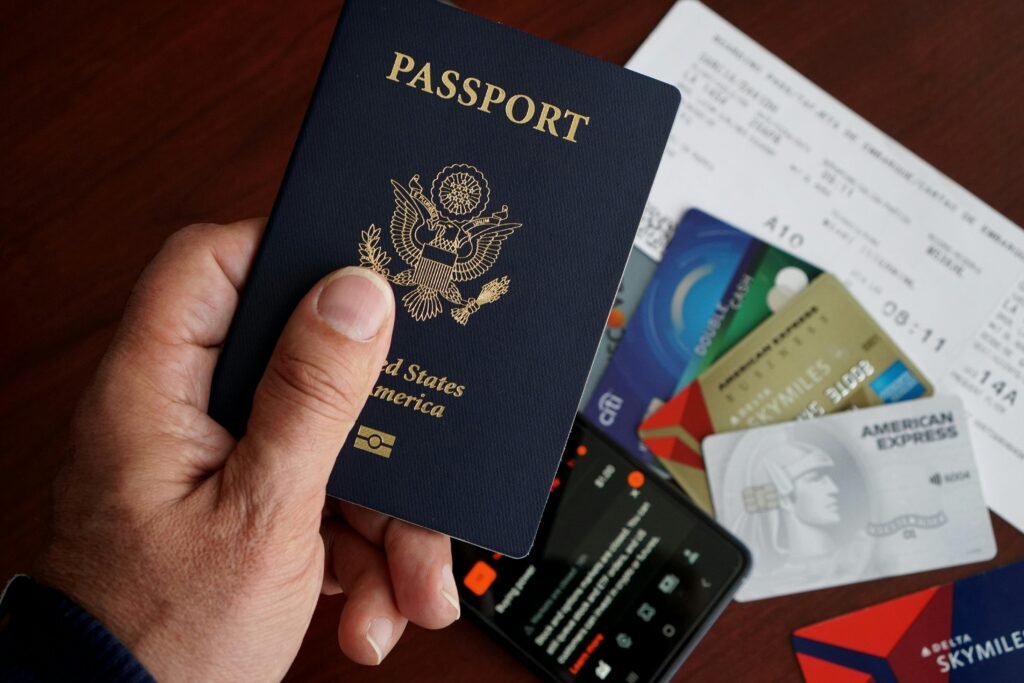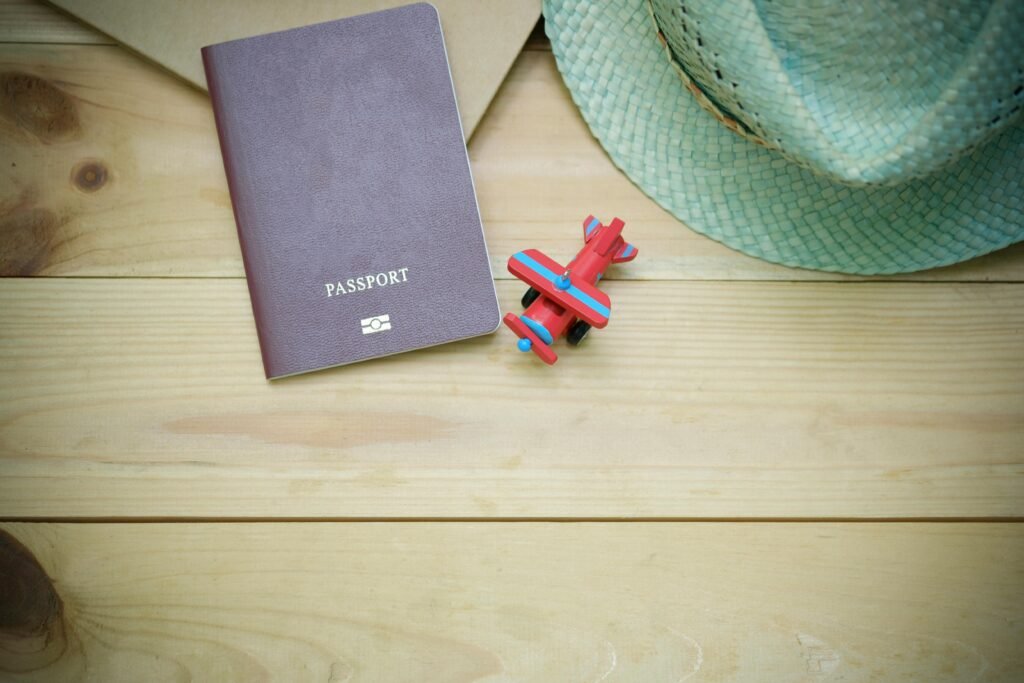Did you know that Italy issued over 180,000 visas to Indian nationals in 2024 alone? That’s a massive jump from previous years!
Whether you’re planning a romantic getaway to Rome, a business trip to Milan, or dreaming of studying in Florence, getting that Italian visa doesn’t have to be as complicated as it seems.
Trust me, once you understand the process and avoid the common pitfalls I fell into, it’s actually pretty straightforward.
In this guide, I’ll walk you through everything you need to know about how Indians get visa for Italy, sharing all the insider tips I wish someone had told me before I started this journey.
Understanding Italian Visa Types for Indian Citizens
Here’s the thing – Italy offers different types of visas for Italy, and choosing the wrong one was my first major mistake.
Schengen Short-Stay Visa (Type C) This is your go-to visa for tourism, business trips, or visiting family. It’s valid for 90 days within a 180-day period. Most Indians apply for this one, and honestly, it covers like 80% of travel needs.
Long-Stay National Visa (Type D) If you’re planning to study, work, or stay longer than 90 days, you’ll need this one. I learned this the hard way when I initially applied for a short-stay visa for a 4-month work project. Epic fail!
Transit Visa Only needed if you’re transiting through Italy to another non-Schengen country and need to leave the airport. Most Indians don’t need this since we usually have direct flights or transit within Schengen areas.
The key thing to remember is that Italian visas are actually Schengen visas, which means once you get it, you can travel to 26 other European countries. Pretty sweet deal, right?
Essential Documents Required for Italian Visa Application
Oh boy, the documents! This is where I really messed up initially. I thought I could just throw together some papers and hope for the best. Wrong move.
Mandatory Documents:
- Passport
- Two recent passport-sized photos with white background
- Completed visa application form
- Travel insurance with minimum €30,000 coverage
- Flight itinerary (don’t buy tickets until visa approval!)
- Hotel bookings or accommodation proof
- Bank statements for last 3-6 months
- Income tax returns for last 2-3 years
- Employment letter or business registration documents
Pro tip from my experience: The bank statements are crucial. They want to see consistent income and sufficient funds. When I first applied, I had like ₹50,000 in my account, which wasn’t nearly enough for a 10-day trip. They want to see if you can afford ₹6,000-8,000 per day minimum.
Additional Documents Based on Purpose: For business travel, you’ll need invitation letters from Italian companies. For family visits, you need invitation letters plus proof of relationship. Student visas require admission letters and financial guarantees.
The devil’s in the details here. I once got rejected because my employment letter didn’t mention my salary clearly. Such a silly mistake that cost me time and money!
Step-by-Step Italian Visa Application Process
Alright, let’s get into the actual process. This is where most people get overwhelmed, but I promise it’s not that bad once you know the steps.
Step 1: Determine Your Visa Category First things first – figure out exactly why you’re going to Italy. Tourism? Business? Study? The purpose determines everything else.
Step 2: Gather All Required Documents Don’t rush this step! I spent two weeks collecting everything properly the second time around. Make copies of everything – trust me on this.
Step 3: Book Your Appointment You need to book an appointment at VFS Global centers in India. They handle Italian visa applications. Book early because slots fill up fast, especially during peak seasons.
Step 4: Submit Your Application Show up on time with all your documents. The staff will review everything and collect biometric data.
Step 5: Pay the Fees Visa fees are around €80 (about ₹7,200) plus VFS service charges. Keep all receipts!
Step 6: Track Your Application You’ll get a reference number to track your application online. Processing usually takes 15 working days, but I always recommend applying at least 3-4 weeks before travel.
The whole process from start to finish took me about 3 weeks when I did it right. Much better than my first disaster attempt!
Common Mistakes to Avoid When Applying for Italian Visa
Let me share the mistakes that cost me dearly, so you don’t repeat them.
Mistake #1: Insufficient Financial Proof I thought showing ₹2 lakh in my account would be enough for a week-long trip. Nope! They calculate based on daily expenses, accommodation costs, and your overall itinerary. Now I always show at least ₹3-4 lakh for short trips.
Mistake #2: Fake Hotel Bookings Some people try to use fake bookings to save money. Don’t do this! Italian consulates are smart and they verify. Use booking.com reservations that can be canceled for free.
Mistake #3: Incomplete Travel Insurance Your insurance must cover the entire Schengen area, not just Italy. I learned this when my India-specific insurance was rejected. Get proper Schengen travel insurance.
Mistake #4: Poor Interview Preparation Sometimes they call for interviews. Be honest about your travel plans. When they asked me about my 10-day Rome itinerary, I couldn’t explain why I needed 10 days there. Looked suspicious!
The rejection rate for Indian applicants is around 15-20%, but most rejections are due to these avoidable mistakes.
Visa Fees and Processing Time for Indians
Let’s talk money and timelines – the stuff everyone really wants to know.
Standard Visa Fees:
- Short-stay visa (Type C): €80 (approximately ₹7,200)
- Long-stay visa (Type D): €116 (approximately ₹10,500)
- VFS Global service charges: ₹2,500-3,000 additional
- Optional services like SMS updates, courier: ₹500-1,000
Processing Times: Normal processing takes 15 calendar days from submission. During peak summer season (May-August), it might stretch to 20-25 days. Christmas and New Year periods are also slower.
Fast-track Options: VFS Global offers premium services for urgent applications, but they cost extra and aren’t guaranteed. Honestly, it’s better to apply early than pay premium charges.
The total cost usually comes to around ₹12,000-15,000 including all fees and services. Not cheap, but considering you can visit 26 countries with one visa, it’s actually pretty reasonable.
How Indians Get Visa for Italy Quickly and Easily
After going through this process multiple times (and helping friends with theirs), here are my golden rules for visa approval.
Financial Documentation is King Show more money than you think you need. For a week-long trip, I now show at least ₹4-5 lakh in my account with 6 months of consistent statements. Sudden large deposits look suspicious.
Create a Realistic Itinerary Don’t try to cover all of Italy in 7 days. Pick 2-3 cities maximum and show genuine interest in Italian culture, not just rushed sightseeing. When I showed interest in specific museums and local experiences, it made my application stronger.
Employment Stability Matters Having a stable job with good income helps tremendously. If you’re self-employed, show business registration, tax returns, and client contracts. Freelancers have a harder time, so provide extra documentation.
Travel History Helps If you’ve traveled to other countries (especially developed ones) and returned on time, mention this. It shows you’re not a flight risk. My previous US and Canada visits definitely helped my Italian application.
Be Honest About Everything Never lie on your application. They have ways to verify information, and lies lead to automatic rejections plus potential bans. When in doubt, provide more documentation rather than less.
Language and Communication While not mandatory, showing basic Italian phrases or cultural knowledge can help during interviews. I learned a few Italian greetings and it made a good impression.
The success rate jumps to over 90% when you follow these guidelines properly.
Alternative Options: Italy Work and Study Visas
Beyond tourism, there are other ways to get to Italy that might interest you.
Work Visas: Italy offers seasonal work visas, especially for agriculture and tourism sectors. The process is more complex but offers longer stays. You’ll need a job offer first, then apply for authorization to work.
Student Visas: Italian universities are becoming popular with Indian students. The process involves getting admission first, then applying for a student visa. Costs are lower compared to other European countries, and you can work part-time.
Investment and Business Visas: If you’re planning to start a business or make significant investments in Italy, there are special visa categories. These require substantial financial commitments but offer pathways to residency.
Family Reunification: If you have family members who are Italian citizens or residents, you can apply under family reunification programs. This process is different and often easier than tourist visas.
I’ve seen friends successfully use student visas as stepping stones to eventually getting work permits and long-term residency. It’s a longer route but sometimes more reliable than tourist visas.



